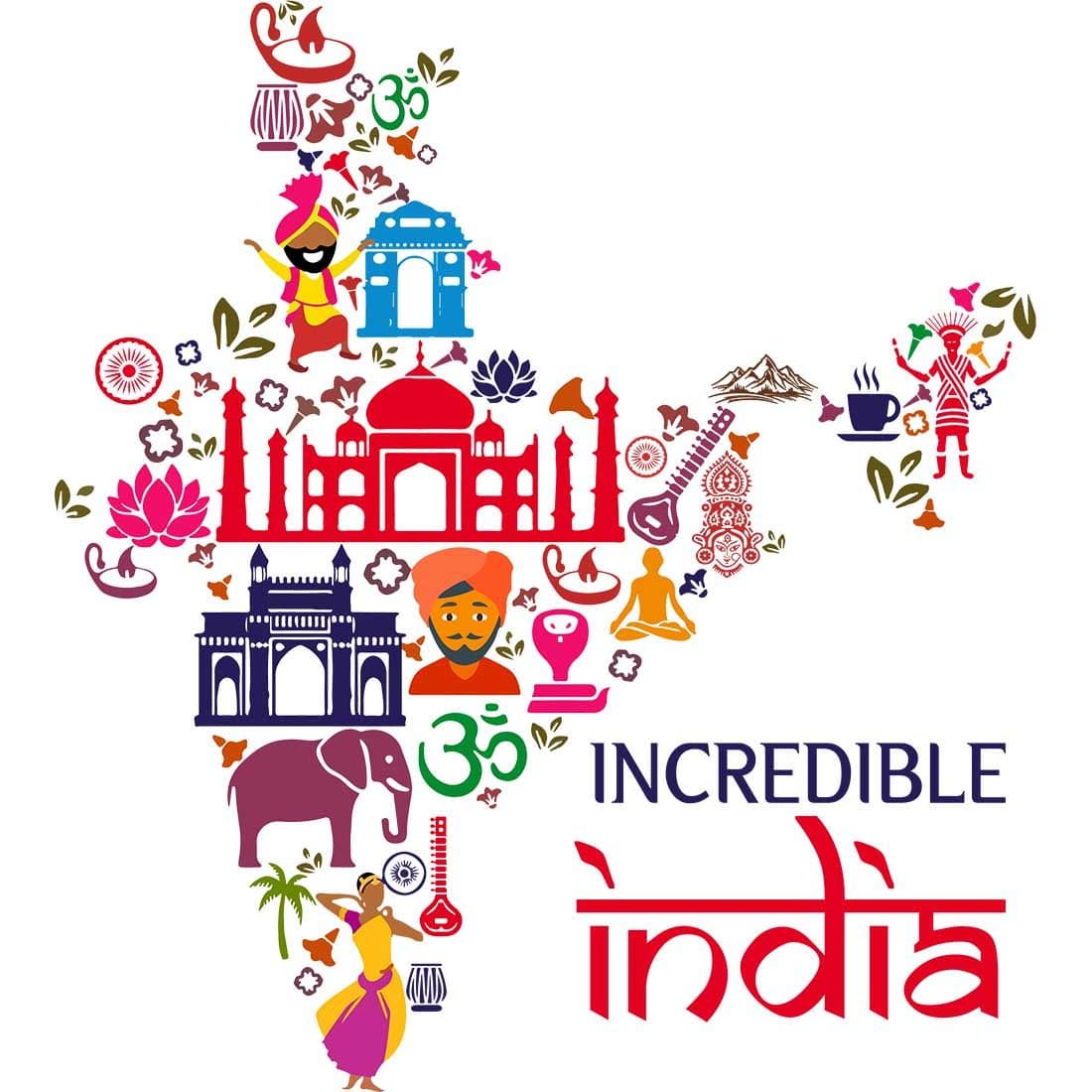India's Famous Forts & Palaces
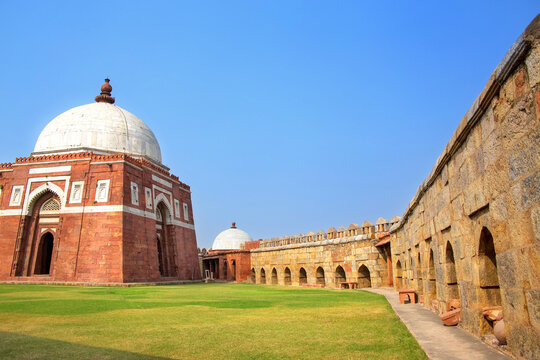
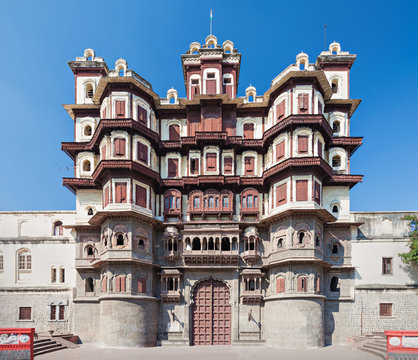
India’s forts and palaces stand as majestic reminders of its glorious past, blending architectural brilliance with stories of valor, royalty, and cultural splendor. From desert citadels and hilltop strongholds to opulent palaces that once housed mighty dynasties, each monument reflects a chapter of history. Exploring them offers a journey through time, where heritage, art, and grandeur come alive.
Wiki Link: India’s Famous Forts & Palaces

Red Fort
The Pride of Mughal Grandeur
Era: 17th Century (1639–1648)
Patron: Mughal Emperor Shah Jahan
Location: Delhi
Built in red sandstone, is a UNESCO World Heritage Site and a masterpiece of Mughal architecture. Once the main residence of Mughal emperors, it showcases a fusion of Persian, Timurid, and Indian styles. Today, it stands as a symbol of India’s independence, where the Prime Minister hoists the national flag each year on Independence Day.

Agra Fort
The Jewel of Mughal Power
Era: 16th Century (1565 onwards)
Patron: Mughal Emperor Akbar
Location: Agra, Uttar Pradesh
Also a UNESCO site, was the stronghold of the Mughal Empire before Delhi. With massive double walls, grand gates, and exquisite palaces inside, it reflects Mughal might. The fort houses the Jahangiri Mahal, Diwan-i-Khas, and the Musamman Burj, from where Shah Jahan gazed at the Taj Mahal during his last days.
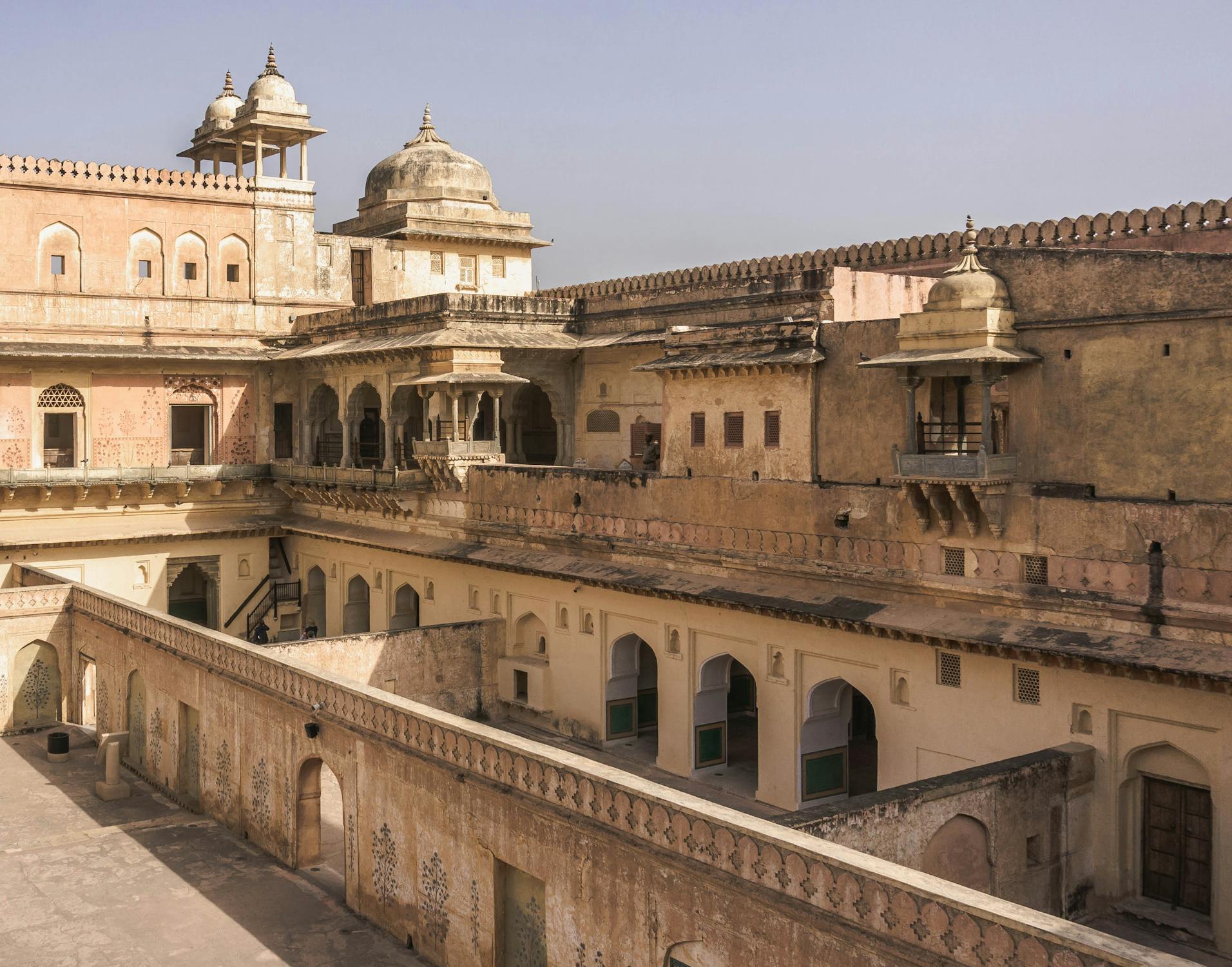
Amber Fort
The Majestic Hilltop Fortress
Era: 16th Century (1592 onwards)
Patron: Raja Man Singh I (Kachwaha Dynasty)
Location: Jaipur, Rajasthan
Perched on a hill, Amber Fort is an architectural wonder blending Rajput and Mughal styles. Its ornate halls, Sheesh Mahal (Mirror Palace), and sprawling courtyards highlight Rajput grandeur. A UNESCO World Heritage Site, Amber Fort is a key attraction in Jaipur’s royal heritage and offers breathtaking views of Maota Lake.

Mehrangarh Fort
The Citadel of the Sun
Era: 15th Century (1459 onwards)
Patron: Rao Jodha, Rathore Dynasty
Location: Jodhpur, Rajasthan
Rising dramatically above the blue city of Jodhpur, Mehrangarh Fort is one of India’s largest forts. Its thick walls enclose palaces, courtyards, and museums showcasing royal heritage. The fort’s intricate carvings, period rooms, and panoramic city views make it an unforgettable symbol of Rajput valor and artistry.
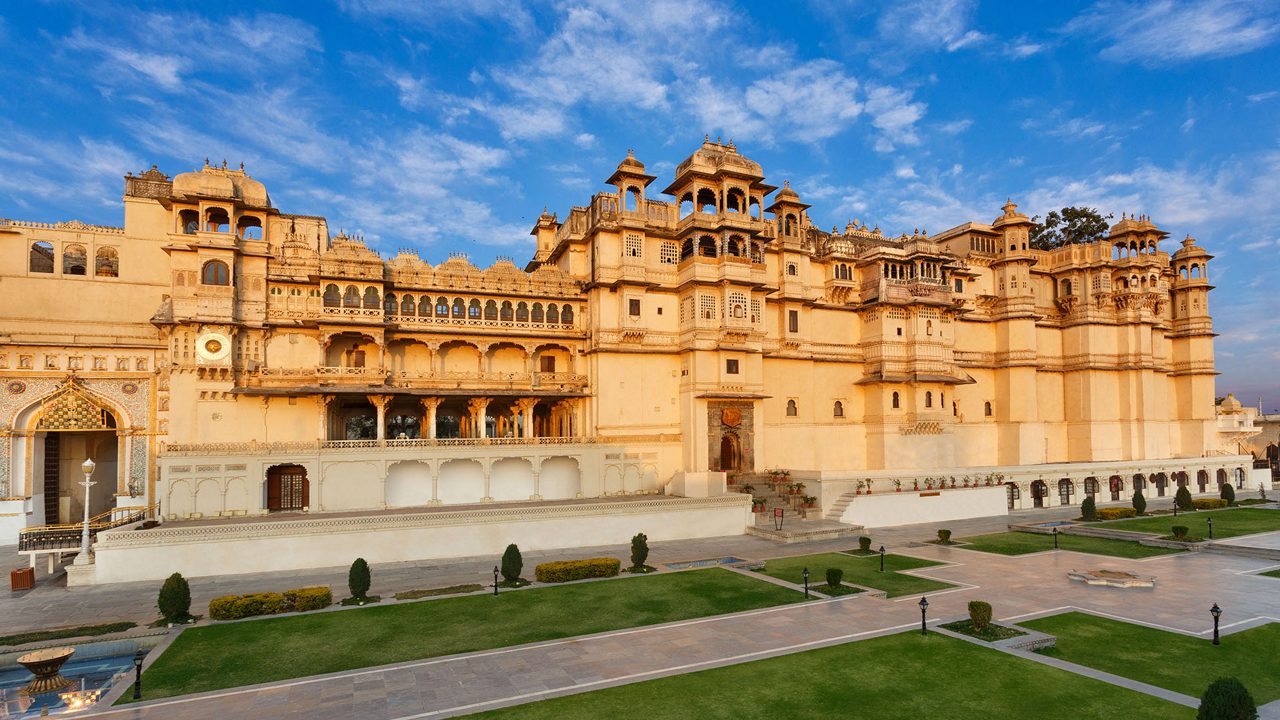
City Palace
The Lake City’s Crown Jewel
Era: 16th Century (1559 onwards)
Patron: Maharana Udai Singh II, Mewar Dynasty
Location: Udaipur, Rajasthan
Overlooking Lake Pichola, City Palace Udaipur is a stunning blend of Rajasthani and Mughal architecture. The palace complex includes courtyards, balconies, and the crystal gallery, reflecting Mewar’s royal legacy. Its picturesque setting and regal interiors make it one of India’s most romantic palatial wonders.
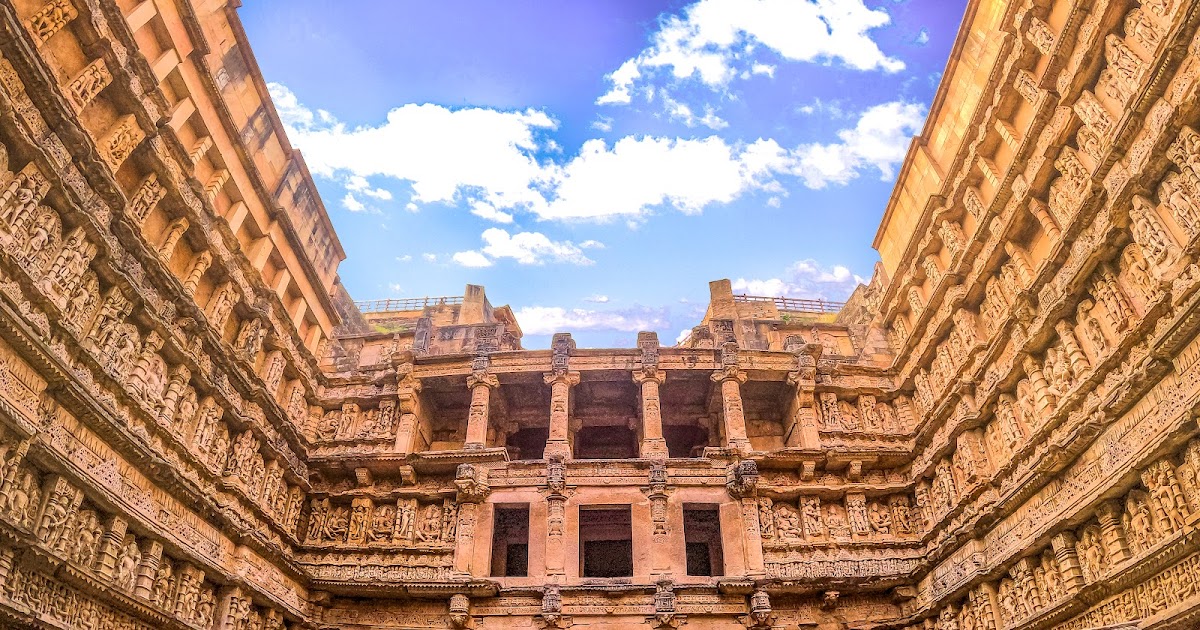
Mysore Palace
The Jewel of South India
Era: 20th Century (completed in 1912)
Patron: Krishnaraja Wadiyar IV, Wadiyar Dynasty
Location: Mysuru, Karnataka
Known for its Indo-Saracenic grandeur, Mysore Palace is among the most visited monuments in India. Adorned with domes, arches, and exquisite carvings, it lights up spectacularly during Dussehra celebrations. Its Durbar Hall and royal artifacts reflect the opulence of the Wadiyars, the ruling dynasty of Mysuru.

Golconda Fort
The Fortress of Diamonds
Era: 16th Century
Patron: Qutb Shahi Dynasty
Location: Hyderabad, Telangana
Once the center of the world’s diamond trade, Golconda Fort is renowned for its ingenious architecture and acoustics.
The fort complex features massive gates, mosques, and palaces, with a unique sound system that carried messages across the citadel. It remains a cultural and historic marvel of the Deccan.
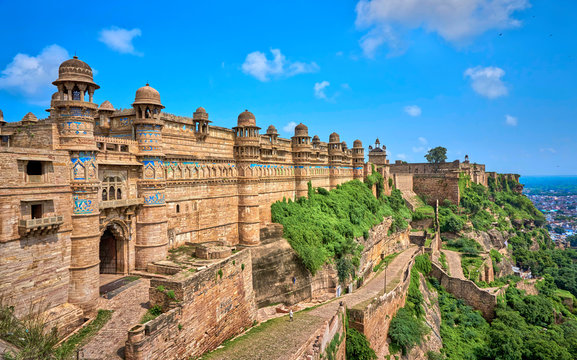
Gwalior Fort
The Gibraltar of India
Era: 8th Century (rebuilt in later centuries)
Patron: Various rulers including Tomar and Mughal dynasties
Location: Gwalior, Madhya Pradesh
Known for its impenetrable defenses and stunning architecture, Gwalior Fort has witnessed centuries of power struggles.
Inside its walls lie palaces, temples, and water tanks. The Man Singh Palace, with its vibrant blue tile work, is a highlight of this fort that once housed emperors and dynasties.
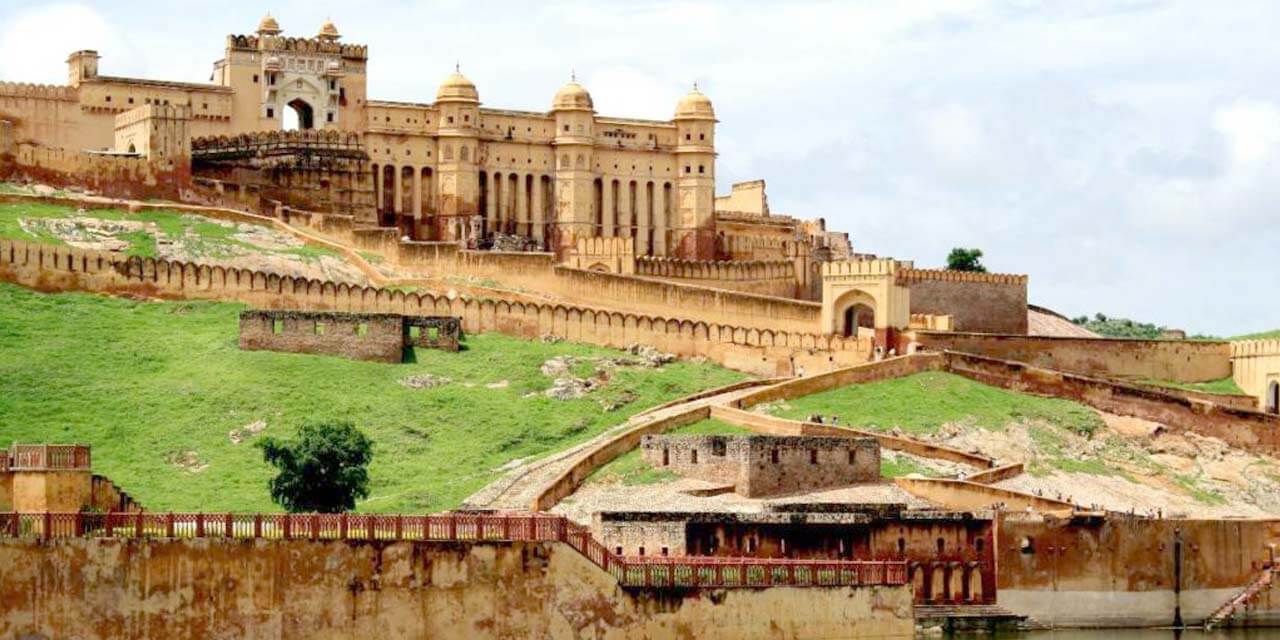
Jaisalmer Fort
The Golden Fortress
Era: 12th Century (1156)
Patron: Rawal Jaisal, Bhati Rajput Dynasty
Location: Jaisalmer, Rajasthan
Nicknamed the “Sonar Qila” or Golden Fort, Jaisalmer Fort rises majestically from the desert sands. Unique as a living fort, it houses shops, hotels, and ancient havelis within its walls.
The golden sandstone walls glow brilliantly under the sun, making it a gem of desert architecture.
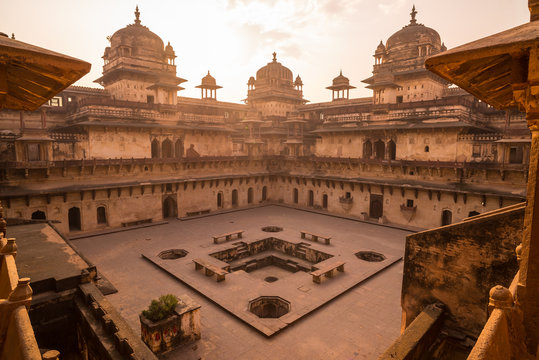
Jahangir Mahal
Mughal-Rajput Fusion Marvel
Era: 17th Century
Patron: Bir Singh Deo, Bundela Dynasty
Location: Orchha, Madhya Pradesh
Built to honor Mughal Emperor Jahangir’s visit, Jahangir Mahal is a fine example of Mughal-Rajput fusion architecture. Its ornate balconies, domes, and spacious courtyards reflect grandeur. Set against the Betwa River, the palace is a timeless reminder of Orchha’s royal hospitality and artistic finesse.
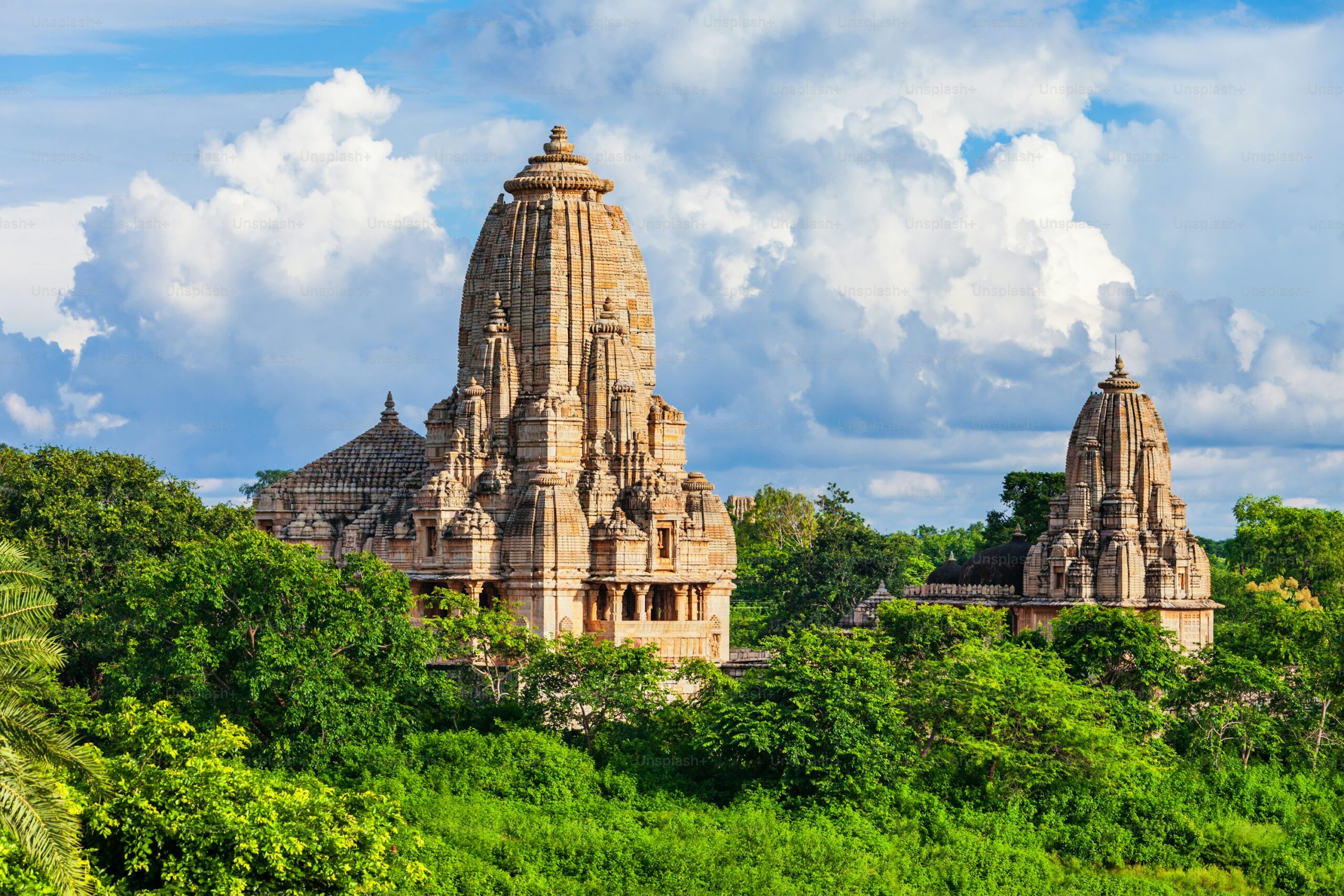
Chittorgarh Fort
The Symbol of Rajput Valor
Era: 7th Century (later expanded by Sisodia Rajputs)
Patron: Maurya Dynasty, later Sisodia Rajputs
Location: Chittorgarh, Rajasthan
The largest fort in India, sprawls over 700 acres and narrates tales of sacrifice and honor. It houses palaces, temples, and iconic structures like the Vijay Stambh and Kirti Stambh. The fort is remembered for the legendary jauhar of Rani Padmini and Rani Karnavati, making it a symbol of Rajput pride and resistance. Its massive walls and water reservoirs reflect both strength and resilience.
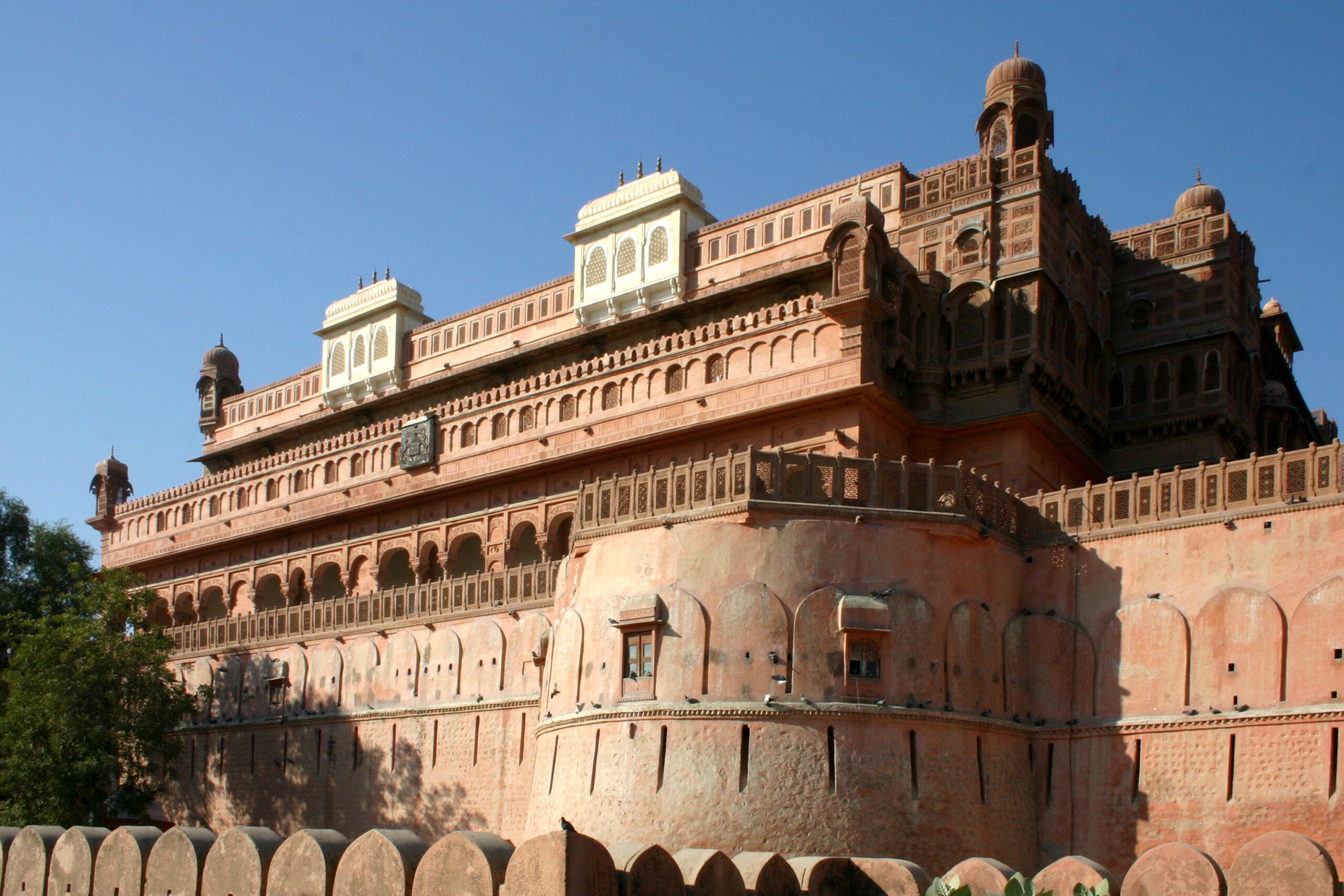
Junagarh Fort
The Untouched Stronghold of Bikaner
Era: 16th Century (1589)
Patron: Raja Rai Singh, Rathore Dynasty
Location: Bikaner, Rajasthan
Unlike most forts built on hills, Junagarh Fort stands proudly on the plains of Bikaner. Despite numerous invasions, it was never conquered, making it unique in Rajputana history.
The fort is adorned with richly decorated palaces, ornate balconies, and stunning murals. Highlights include Anup Mahal and Phool Mahal, which showcase exquisite craftsmanship and royal grandeur.

Jahangir Palace
Mughal Elegance in Agra’s Stronghold
Era: Late 16th Century
Patron: Emperor Akbar
Location: Agra, Uttar Pradesh
Within the mighty Agra Fort lies Jahangir Palace, built by Akbar for his son Jahangir. It reflects a blend of Central Asian and Hindu architectural styles.
Its courtyards, carvings, and red sandstone beauty symbolize Mughal sophistication. Serving as the zenana (women’s quarters), it reflects the emperor’s vision of combining aesthetics with functionality in royal spaces.

Taragarh Fort
The Star Fort of Bundi
Era: 14th Century
Patron: Chauhan Dynasty
Location: Bundi, Rajasthan
Perched atop a steep hill in Bundi, is one of the oldest forts in Rajasthan. Known for its star-shaped layout and impregnable bastions, it overlooks the Aravalli ranges and the charming town below. The fort’s water reservoirs, stepwells, and secret tunnels add to its intrigue. Though partly in ruins, it remains a testament to Rajput military brilliance.
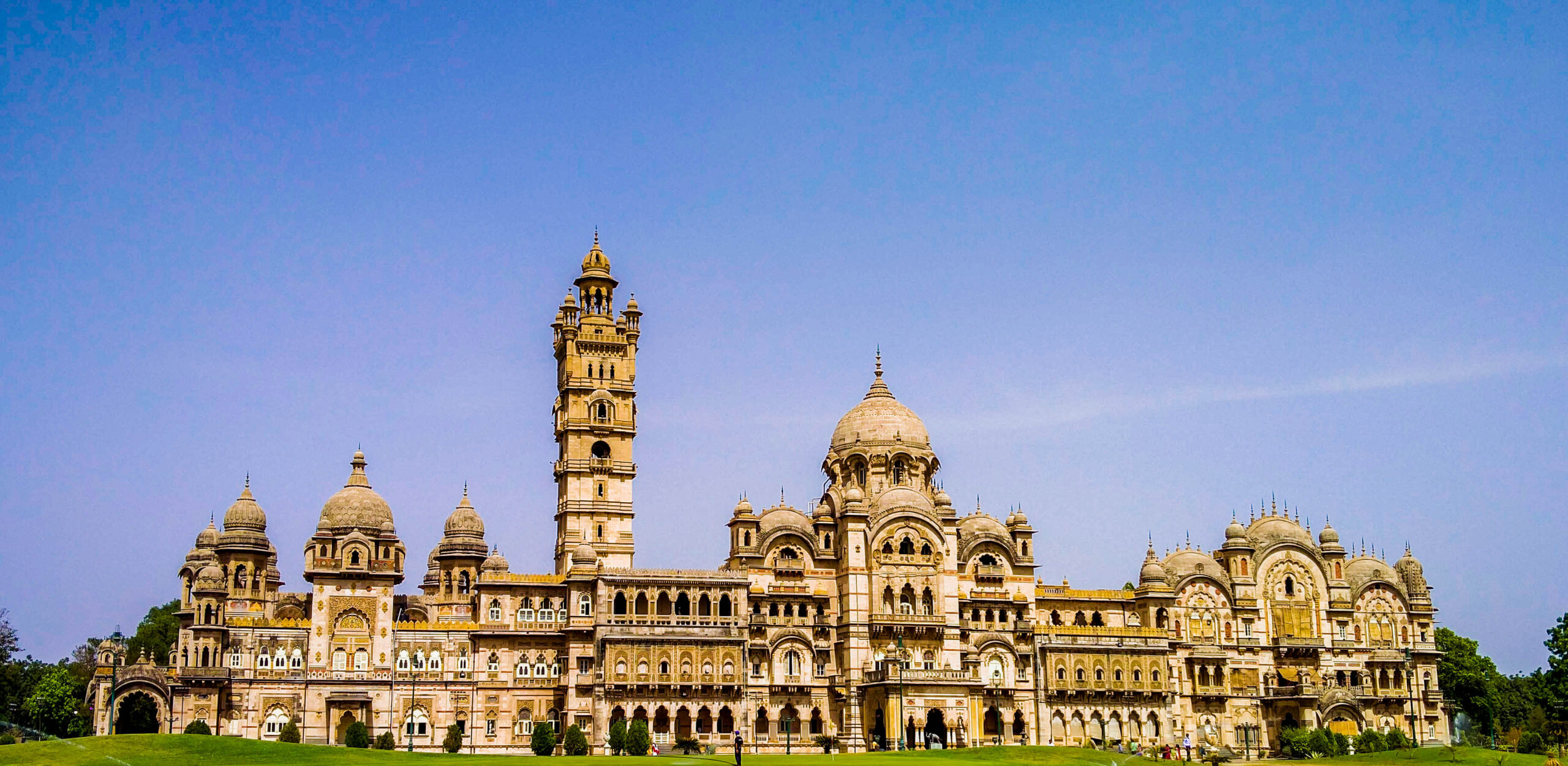
Laxmi Vilas Palace
The Royal Residence of Baroda
Era: 19th Century (1890)
Patron: Maharaja Sayajirao Gaekwad III, Gaekwad Dynasty
Location: Vadodara, Gujarat
Four times the size of Buckingham Palace, making it one of the grandest royal residences in the world. Built in Indo-Saracenic style, it houses a vast collection of artifacts, weapons, and European artworks. The palace grounds include a private golf course, showcasing the Gaekwad dynasty’s immense wealth and taste.

Falaknuma Palace
The Palace in the Sky
Era: 19th Century (completed in 1893)
Patron: Nawab Vikar-ul-Umra, later Nizam of Hyderabad
Location: Hyderabad, Telangana
Built on a hilltop, was once the residence of the Nizam of Hyderabad, one of the richest men in the world. Designed in Italian and Tudor styles, the palace features grand staircases, Venetian chandeliers, and rare collections of manuscripts and furniture. Today, it serves as a luxury heritage hotel under Taj, preserving royal opulence.

Shivneri Fort
The Birthplace of Chhatrapati Shivaji Maharaj
Era: 17th Century
Patron: Maratha Empire (linked to Shahaji Bhosale, father of Shivaji)
Location: Junnar, Maharashtra
Holds immense historical significance as the birthplace of Chhatrapati Shivaji Maharaj, the founder of the Maratha Empire. The fort is strategically designed with strong defenses, water reservoirs, and ancient temples. Its rugged terrain and commanding views highlight its military importance. Today, it stands as a symbol of Maratha pride and legacy.

